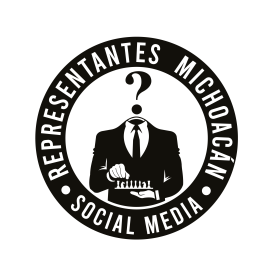
By adding each of the columns on the left — excluding the number of shares — the owner’s equity at the beginning of 2020 is $26 million. In recent years, more companies have been increasingly inclined to participate in share buyback programs, rather than issuing dividends. Once all liabilities are taken care of in the hypothetical liquidation, the residual value, or “book value of equity,” represents the remaining proceeds that could be distributed among shareholders. However, examining these changes on a quarterly basis might give more immediate insights into the company’s performance and any recent events impacting its equity.

Since repurchased shares can no longer trade in the markets, treasury stock must be deducted from shareholders’ equity. For mature companies consistently profitable, the retained earnings line item can contribute the highest percentage of shareholders’ equity. In these types of scenarios, the management team’s decision to add more to its cash reserves causes its cash balance to accumulate. The statement of shareholders equity plays a significant role in corporate governance. Through this essential financial document, corporations uphold an important facet of good governance—transparency.
A statement of shareholder equity can help you make financial decisions.
Besides his extensive derivative trading expertise, Adam is an expert in economics and behavioral finance. Adam received his master’s in economics from The New School for Social Research and his Ph.D. from the University of Wisconsin-Madison in sociology. He currently researches and teaches economic sociology and the social statement of stockholders equity studies of finance at the Hebrew University in Jerusalem. In 2021, the share repurchases are assumed to be $5,000, which will be subtracted from the beginning balance. As for the “Treasury Stock” line item, the roll-forward calculation consists of one single outflow – the repurchases made in the current period.

A company’s total number of outstanding shares of common stock, including restricted shares, issued to the public, company officers, and insiders is a key driver of stockholders’ equity. The amount recorded is based on the par value of the common and preferred stock sold by the company not the current market value. The financial data necessary for the formula can be found on the company’s https://www.bookstime.com/ balance sheet, which is available in its annual report, or its quarterly 10-K report filed with the Securities and Exchange Commission. A balance sheet lists the company’s total assets and total liabilities for the most recent period. The statement of shareholders’ equity may intimidate some small business owners because it’s a bit more complicated than other financial calculations.
Treasury Stock (Stock Buyback)
Proactive communication with shareholders regarding the strategic value of these initiatives is crucial in ensuring their overall success. Using the amounts from above, the ABC Corporation had free cash flow of $31,000 (which is the $126,000 of net cash provided from operating activities minus the capital expenditures of $95,000). If dividends are considered a required cash outflow, the free cash flow would be $21,000.
This figure is subtracted from a company’s total equity, as it represents a smaller number of shares that are available to investors. The final item included in shareholders’ equity is treasury stock, which is the number of shares that have been repurchased from investors by the company. It might sell the stock at a later date to raise capital or it might use it to prevent a hostile takeover. The number for shareholders’ equity also includes the amount of money paid for shares of stock above their stated par value, known as additional paid-in capital (APIC).




